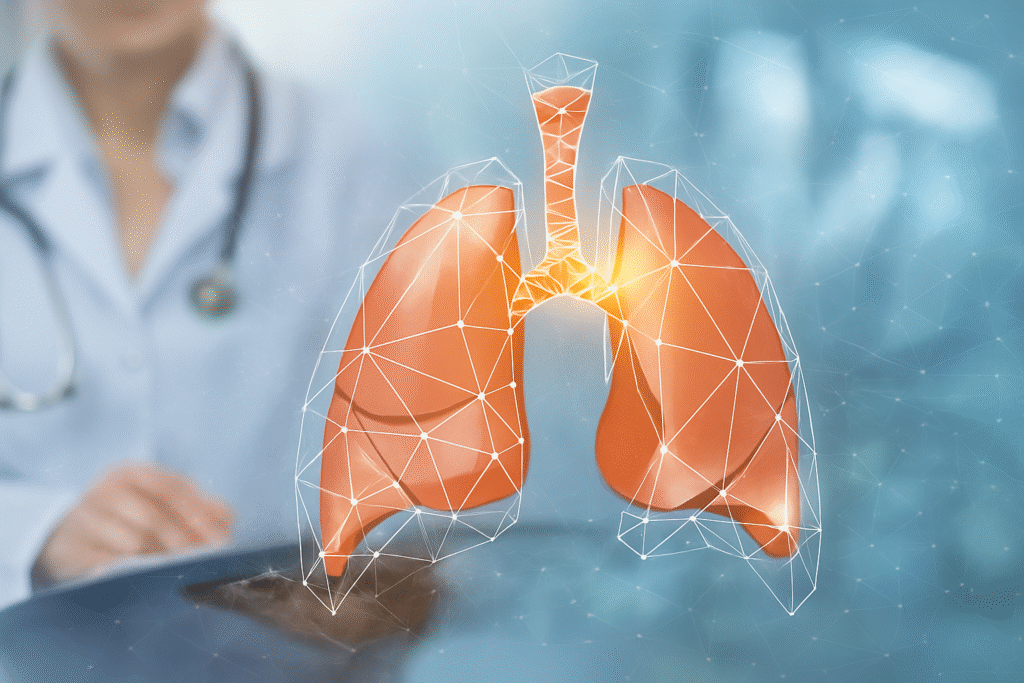Vibroacoustic Therapy in the Treatment of Patients With COVID-19 Complicated by Respiratory Failure: A Pilot Randomized Controlled Trial
A recent clinical study has explored the effects of vibroacoustic therapy on patients with COVID-19-related respiratory failure, highlighting encouraging outcomes in improving lung function and gas exchange. The research, led by Konkayev and Bekniyazova, focused on the use of the “VibroLung” device in treating complications from COVID-19, particularly targeting acute respiratory distress syndrome (ARDS) and pneumonia-related respiratory issues.
Key Findings:

On the first day of therapy, patients receiving treatment in the ARDS mode experienced a significant increase in blood oxygen levels (PaO₂). Average oxygen levels rose from 65 mmHg to 77.5 mmHg—a notable 7.8 mmHg improvement—indicating enhanced oxygen delivery shortly after treatment began.

For patients treated in the Pneumonia mode, carbon dioxide levels (PaCO₂) decreased over three days. The average PaCO₂ dropped from 43.6 mmHg to 34.8 mmHg, demonstrating the therapy’s potential to assist in clearing carbon dioxide and improving overall lung function.

The researchers concluded that the vibroacoustic approach appears beneficial in both ARDS and pneumonia contexts. By using sound vibrations tailored to specific frequencies, the VibroLung device stimulated the lungs in a non-invasive manner, improving airflow, drainage, and oxygen exchange. Though results are promising, the authors recommend larger trials to confirm the therapy’s clinical efficacy.
How Vibroacoustic Therapy Works
Vibroacoustic therapy uses low-frequency sound waves to deliver vibrations to the lungs. These waves help mobilize secretions, improve airflow, and optimize pulmonary function. The technology may also reduce the need for increased ventilator pressure, which is especially useful for patients under mechanical ventilation.
In this study, patients underwent daily sessions (5 minutes each, for 3 consecutive days), in addition to standard COVID-19 treatment. Two operational modes were tested:
-
ARDS Mode: Frequencies between 20–300 Hz, targeting deep lung tissues.
-
Pneumonia Mode: Frequencies between 120–300 Hz, focusing on upper airway drainage.
Conclusion
This pilot study adds to the growing interest in non-invasive pulmonary therapies for respiratory illnesses. The VibroLung device, with its frequency-specific modes, may serve as a supportive tool in treating severe respiratory complications, particularly in viral infections like COVID-19. As further trials are conducted, vibroacoustic therapy may gain a foothold in mainstream respiratory care.
